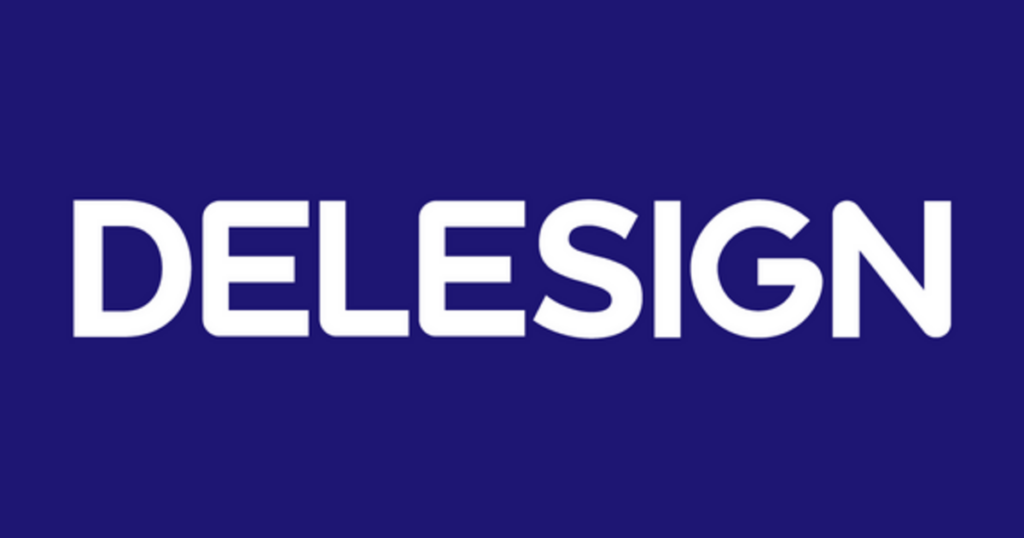In the realm of web development, the advent of HTML5 has catalyzed a paradigm shift, particularly in the domain of two-dimensional graphics. By harnessing the capabilities of HTML5, developers can create visually arresting representations that engage users far beyond traditional methodologies. This exploration delves into techniques and strategies that can be employed to craft eye-catching visuals, ultimately piquing curiosity and redefining the user experience.
HTML5 and the Canvas Element: A New Frontier in Graphics
The introduction of the `
Utilizing the canvas involves a clear understanding of its API, which provides a multitude of methods for rendering shapes, colors, and text. The fundamental operations include drawing rectangles, paths, and images, as well as the application of transformations such as rotation, scaling, and translation. These operations yield immense potential for crafting intricate visuals.
Moreover, the inherent programmability of canvas graphics allows for interactive experiences. For instance, using event listeners, developers can create responsive designs that react to user input, such as mouse movements or touch events. This interactivity transforms static visuals into engaging, living entities on the webpage.
Beyond the Basics: Layering Graphics for Depth
To enhance visual appeal, layering techniques can be employed within the canvas. By rendering different components of a graphic in distinct layers, developers can achieve a sense of depth and multidimensionality. This technique is particularly effective in creating complex animations or in visualizing data, as it allows for the gradual introduction of elements rather than overwhelming the viewer with a deluge of information.
A prime example of this layering technique is parallax scrolling, where background images move at different speeds compared to foreground images as the user scrolls, creating an immersive effect. This type of spatial differentiation captures attention and keeps users engaged. To implement this phenomenon, developers must meticulously calculate the relative speeds of each layer, ensuring a seamless integration that maintains consistency in the user experience.
Employing gradients and textures in these layers can further amplify the depth perceived by viewers. By utilizing the `createLinearGradient` and `createRadialGradient` methods, developers can produce smooth transitions that enhance the aesthetic quality of their graphics. Textures, on the other hand, can be layered upon shapes to add complexity and intrigue, deterring monotony in design.
Animation Techniques: Breathing Life into Visuals
Animation is an indispensable facet of modern web graphics, serving to captivate audiences and convey information dynamically. HTML5 provides several options for animating graphics within a canvas. A fundamental approach entails utilizing the `requestAnimationFrame()` method, which optimizes performance by allowing the browser to render animations at the native refresh rate.
Through careful manipulation of the canvas’s drawing state, developers can introduce motion in their graphics. For instance, an object can be animated along a path by recalibrating its coordinates in each frame. This straightforward concept extends into more elaborate animations, such as morphing shapes or simulating natural phenomena like wind or water ripples.
In addition to coordinate transformation, easing functions can be employed to create more organic animations. Easing functions adjust the pace of an animation, resulting in movements that mimic real-world physics. For example, instead of a linear transition from one point to another, an object may start slowly, accelerate in the middle, and then decelerate before reaching its target, invoking a sense of realism.
Data Visualization: The Convergence of Functionality and Aesthetics
The dual role of data visualization as both an educational tool and an aesthetic experience cannot be overstated. Leveraging HTML5 graphics capabilities, developers can present complex datasets in a visually digestible manner. Charting libraries that utilize the canvas element allow for the creation of interactive graphs and charts, which can enliven presentations and reports.
Employing techniques such as real-time data rendering, color coding, and animated transitions can transform mundane statistical presentations into compelling narratives. For example, a dynamic bar chart can evolve over time to reflect changes in data, prompting user interaction and encouraging deeper exploration of the information represented.
Furthermore, integration with APIs can enhance data visuals. By seamlessly pulling in real-time data from external sources and rendering it graphically, developers can create a captivating experience that keeps users informed and engaged. This integration not only displays data but also tells a story, inviting users to delve deeper into the implications behind the numbers.
Responsive Design: Adapting to Changing Screens
An essential element of modern web development is ensuring compatibility across a plethora of devices and screen sizes. By implementing responsive design practices, developers can guarantee that their visually striking graphics maintain their integrity, regardless of the platform on which they are viewed.
Using scalable vector graphics (SVG) in conjunction with HTML5 canvas can enhance flexibility, as SVGs retain their quality when scaled. This is particularly advantageous for applications that require resolution independence, such as mobile devices which boast varying display technologies.
Moreover, the responsiveness of canvas can be further optimized by dynamically recalibrating the canvas size and redrawing graphics in response to window resizing events. This ensures that graphics remain contextually relevant and visually impactful across diverse viewing environments.
Future Trends: The Next Horizon in HTML5 Graphics
As technology evolves, the potential applications of HTML5 and its graphical capabilities continue to expand. The integration of augmented reality (AR) and virtual reality (VR) within web experiences signals a burgeoning frontier. By synergizing canvas graphics with these immersive technologies, developers can create fully interactive environments that push the boundaries of digital content interaction.
Frameworks such as Three.js or Babylon.js allow for three-dimensional rendering in the browser and can complement the existing 2D canvas capabilities. This convergence of technologies not only intrigues users but also invites exploration beyond static visuals, fostering environments where data, art, and interactivity coexist seamlessly.
Conclusion: Forging a New Era of Web Visuals
Utilizing the capabilities of HTML5 for crafting 2D graphics is a multifaceted endeavor ripe with potential. By leveraging techniques such as layering, animation, and responsive design, developers can create eye-catching visuals that entice users and render them active participants in their digital experiences. As the technological landscape evolves, embracing these innovations will be paramount in shaping the future of interactive web design and communication.


